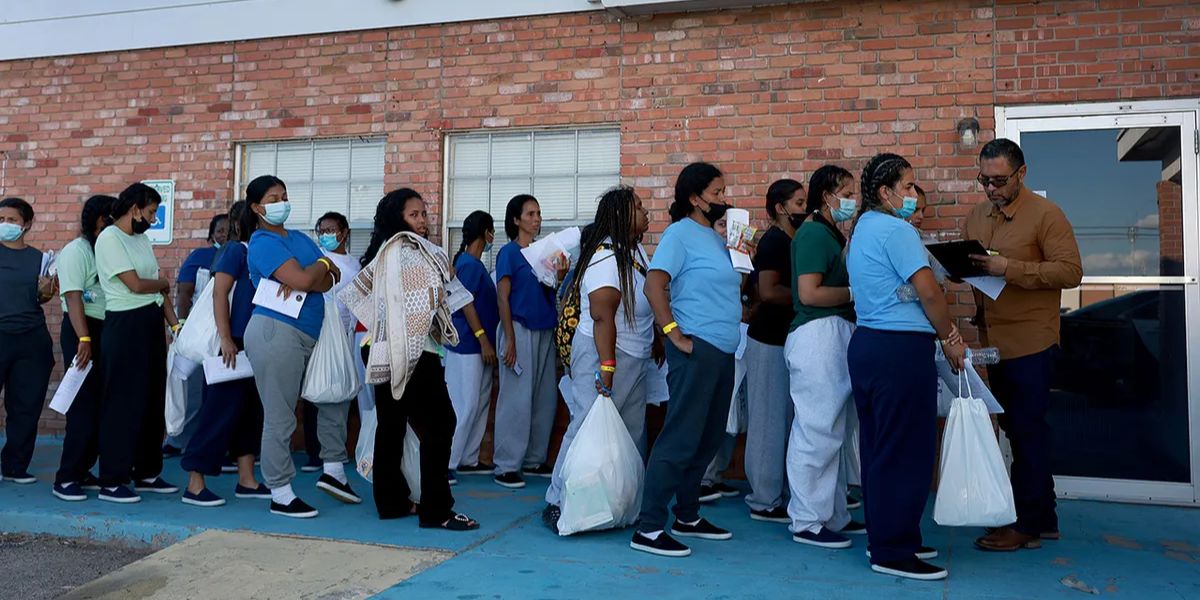El Paso, TX – Family stress is something every household faces — from financial worries to parenting challenges. But when that stress becomes overwhelming, it can quietly evolve into patterns of conflict, neglect, or even violence if left unaddressed. Across El Paso and West Texas, social workers, counselors, and community advocates are helping families learn how to recognize early warning signs before tension turns into harm.
Understanding these indicators — and responding early — can protect families, strengthen relationships, and even save lives.
Table of Contents
Why Early Recognition Matters
According to the Texas Council on Family Violence (TCFV), stress-related violence often builds gradually. Small signs — irritability, withdrawal, or constant arguments — can be easy to ignore until they escalate. Recognizing these red flags early allows families to seek support before situations reach a crisis point.
As Miguel Ortega, a family resilience practitioner based in El Paso, explains:
“Families rarely break apart overnight. It’s small patterns of fear, frustration, or silence that grow over time. When we spot those patterns early, we can intervene with empathy instead of emergency.”
Early detection doesn’t just protect individuals; it helps the entire family system heal. Addressing problems while they’re still manageable can prevent long-term trauma and strengthen trust within the household.
Emotional and Behavioral Warning Signs
Stress often shows up in the way people communicate and behave. Some of the most common emotional indicators include:
- Frequent irritability or anger over minor issues.
- Withdrawal or emotional numbness from one or more family members.
- Constant tension or “walking on eggshells” around certain topics.
- Sudden mood swings or feelings of hopelessness.
- Verbal aggression, criticism, or blame.
Children often reveal signs of family stress before adults do. They may show behavioral changes like trouble sleeping, declining school performance, or unexplained anxiety. Teachers and caregivers in El Paso schools are trained to identify these early symptoms and connect families to counseling resources.
“Children mirror the emotions of their environment,” Ortega says. “When they’re anxious or scared, it’s often a reflection of deeper stress at home.”
Financial and Environmental Stress Indicators
Economic strain is one of the leading predictors of family conflict. Warning signs related to financial stress include:
- Unpaid bills and rising debt.
- Increased arguments about money.
- One partner controlling all financial decisions.
- Skipping meals, delaying medical care, or taking on multiple jobs to cope.
Community data from El Paso County Family Services show that households facing job loss or housing insecurity are twice as likely to experience tension that can escalate into violence.
Recognizing these stressors as warning signals — rather than just hardships — encourages families to reach out for assistance early. Programs like Project Vida’s Financial Wellness Initiative offer free workshops and emergency support to reduce pressure before it affects relationships.
Physical and Social Red Flags
Sometimes, family stress manifests physically or socially. Warning signs may include:
- Unexplained injuries, bruises, or frequent “accidents.”
- Avoiding social gatherings or isolating from friends and relatives.
- One partner monitoring or restricting another’s activities.
- Sudden changes in communication habits — such as missed calls or secretive behavior.
Neighbors, teachers, and healthcare providers play an essential role in noticing these shifts. El Paso’s Community Safety Collaborative trains local residents to recognize potential warning signs and connect individuals to help without judgment.
“Violence thrives in silence,” Ortega notes. “Breaking that silence — even with a simple conversation — can start the healing process.”
Psychological and Verbal Patterns to Watch
Words can be an early window into emotional distress. Families showing signs of escalating conflict might use more blame-based or demeaning language during disagreements. Statements like “You always ruin everything” or “You’re worthless” can signal the start of emotional abuse.
Other indicators include:
- Repeated threats, even if not acted upon.
- Attempts to control communication or isolate family members.
- Persistent guilt-tripping or manipulation.
Recognizing these verbal cues helps families seek counseling before they become entrenched patterns of abuse.
When to Seek Help
If tension feels constant, if arguments turn frightening, or if anyone in the household feels unsafe, it’s time to reach out. Families in El Paso can access support through:
- Center Against Sexual and Family Violence (CASFV) – 24-hour hotline and crisis shelter.
- Familias Unidas Counseling Program – emotional support and trauma-informed therapy.
- El Paso County Crisis Hotline: (915) 779-1800 for immediate help.
Seeking help doesn’t mean breaking apart the family — it often means building healthier patterns of care and communication.
“Asking for help isn’t failure,” Ortega says. “It’s a commitment to protecting what matters most — your family’s safety and peace.”
Prevention Through Communication and Connection
The best way to prevent violence is to keep communication open. Families who regularly discuss feelings, share stressors, and check in on one another’s wellbeing are far less likely to experience crisis-level conflict.
El Paso’s Family Resilience Program encourages families to hold weekly “wellness check-ins,” where members can share challenges without judgment. These structured conversations reduce misunderstandings and normalize asking for support.
When communities encourage openness — in homes, schools, and workplaces — early warning signs no longer stay hidden. Instead, they become opportunities for healing, empathy, and prevention.
What do you think?
How do you help your family manage stress before it turns into conflict? Share your experiences or thoughts in the comments below and explore more family safety resources at reachviolenceprevention.org.









